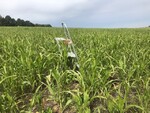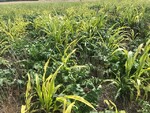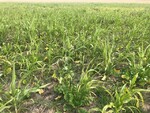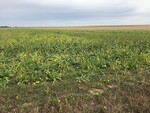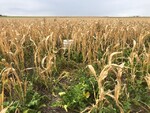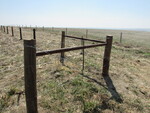by: Admin My Local Life
What are cover crops? Cover crops are grown for the protection and enrichment of the soil. In Agriculture, cover crops are used to cover and protect the soil rather than to be harvested.
Cover crops are used to manage cropland and reduce soil erosion, improve soil fertility, improve soil quality, improve water storage, reduce pressure from weeds, pests and diseases, and improve biodiversity and wildlife in an agroecosystem.
A cover crop is grown between the harvest of a main crop and the next main crop. Cover crops are grown to return back to the soil, and not be exported from a field. This process increases the amount of organic matter in the soil.
Soil is composed of five ingredients; minerals, soil organic matter, living organisms including earthworms, gas, and water. The soil is called a pedosphere and has four functions: 1) a medium for plant growth 2) a means of water storage, supply and purification 3) a modifier of Earth’s atmosphere (see the latest research here) and 4) a habitat for organisms.
The following is a list of some benefits that growing a crop year-round provides:
1. Reduces soil erosion from wind and water
2. Improve soil health and organic matter content
3. Suppresses weed pressure and pest cycles
4. Reduces water quality degradation by utilizing excessive nutrients
5. Improves soil moisture use efficiency
6. Minimizes and breaks up soil compaction
Cover crops are a multi-year investment. Because soil health has been reduced over many years, it takes time to improve soil organic matter, soil structure, bring back healthy soil organisms and increase earthworm populations. It is always wise to use a multi-species cover crop mix that includes brassica species. Plant as soon after harvest as possible and terminate in a timely manner prior to the next crop. Always follow crop insurance guidelines and criteria.
The bottom line is, after multiple years of reduced tillage combined with the use of cover crops, crop yields increase, and most importantly, soil health and organic matter content increases. This is also because of improved soil health and more beneficial living organisms and earthworms in the soil.
When you, as a food producer, are interested in growing a cover crop call your local NRCS Field Office. A staff member will be glad to help you plan a successful cover crop rotation. Some cost share programs are available.
Click on photos to view slide show
